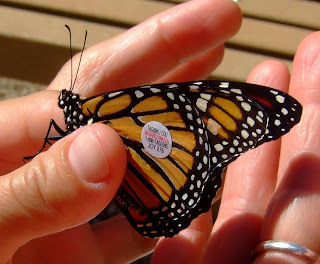“Nobody sees a flower really; it is so small. We haven't
time, and to see takes time - like to have a friend takes time.” ~Georgia O’Keefe
A search for quotes about flowers produces no small number
of results. Their beauty has inspired painters, poets, presidents and
preachers. Do the scientific revelations about flowers rob them of their
mystery and inspiration? I’ll let you be the judge.
 A flower’s true
purpose is making seeds. Every kind of flower produces pollen that is normally
“exchanged” between other blooms of their species.
A flower’s true
purpose is making seeds. Every kind of flower produces pollen that is normally
“exchanged” between other blooms of their species.
Since plants can’t
walk so well—or buy a drink for the lovely snapdragon at the end of the
hedgerow—they employ vast and sundry strategies for getting their pollen to
neighboring blooms. Some plants use wind or water but most tap the locomotive
abilities of some organism.
Attracting said mobile critter can be done with fragrance,
shape, warmth and other tempting luxuries but their colors are what inspire
preschoolers to scribble them on scrap paper and pick them by the
fist-full.
The color of any flower is no accident. If you want to
attract a hummingbird, it’s well known that red makes them, well, see red. The compound eyes of bees, however, are more
sensitive to yellows, blues, purples and even ultraviolet hues so these are
more likely get their attention. Flowers that depend upon bats, moths and other
nocturnal animals are well served by bright white flowers. Please note, however, that scientific
hypotheses are made for breaking and casual observers find many rule-breakers; call 'em rogue pollinators.
Ever noticed a flower that almost looks like a bull’s-eye?
That’s no coincidence. Circular patterns, lines and “landing strips” can
literally point to the sweet treats within.
The bluebonnet, state flower of Texas, has a little spot that turns from
white to purple when its pollen has gone “stale” so bees don’t waste time
carrying around pollen that’s past its “best-by date.”
A small number of animals, like bees, can make use of pollen
but most cannot. Thus we have nectar, a sugary, energy-rich treat with which flowers bribe critters like
casinos offering free buffets.
‘A rose by any other name might smell as sweet” but why does
it have that fragrance at all? Scents can attract animals from a distance, even
in the dark. Some frangrances mimic a
pollinator’s “love pheromone” or the aroma of some tasty food. If that
preferred food happens to be a decaying
monkey, well, there are flowers that smell like rotting meat to attract flies.
Methinks Shakespeare knoweth not about the corpse flower.
How much richer is our world because of the desperation of
plants to bribe, trick or other wise enslave those of us with mobility? The science
of biology, as I see it, adds to my awe and appreciation for the life with
which we share this earth. Hopefully my little treatise on the adaptations of
flowers will inspire you to get to know a flower a little better.

















